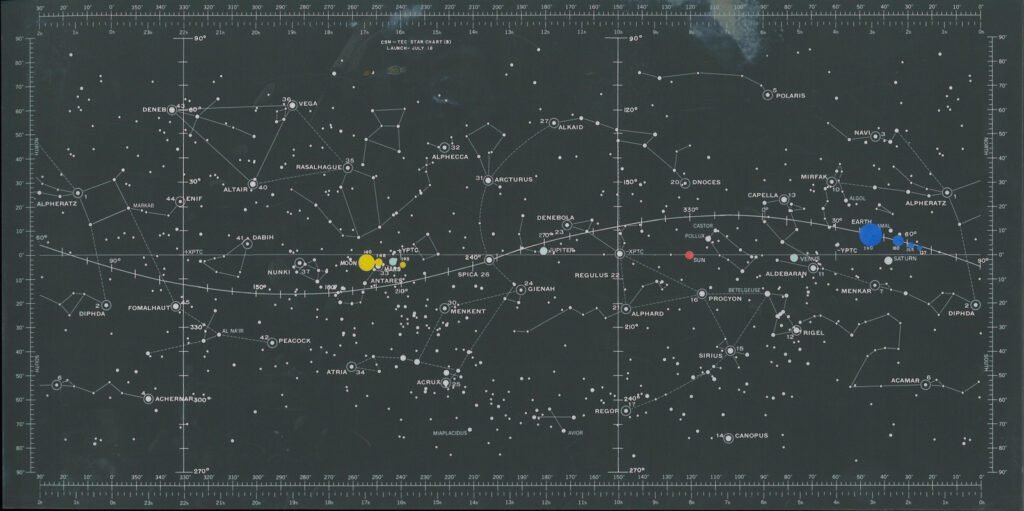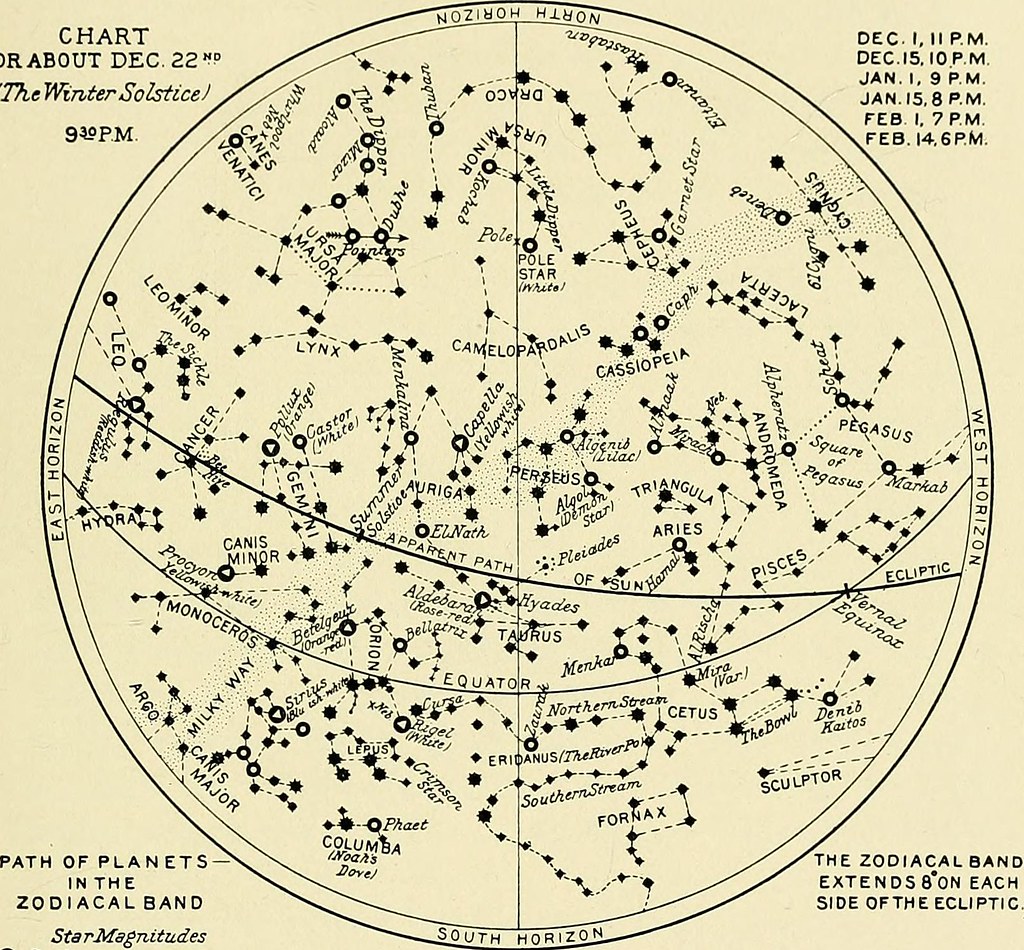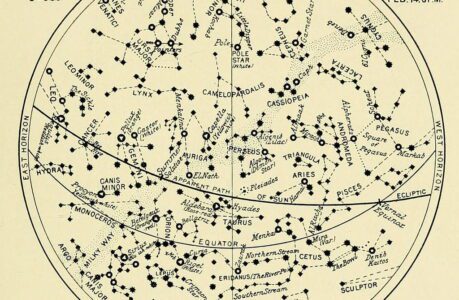Amateur astronomy is a fascinating hobby for many people. Whether you’re a beginner or an experienced astronomer, having the right tools can greatly enhance your experience and understanding of the night sky. One of the most essential tools for amateur astronomers is a star chart or atlas. In this article, we will discuss the importance of star charts and atlases and how they can help you navigate the night sky.
Star charts are maps that show the position of stars, constellations, and other celestial objects in the night sky. They are designed to help astronomers find and identify objects in the sky. Star charts come in many different forms, from simple hand-drawn sketches to more sophisticated computer software. The most common type of star chart is a paper chart that can be used in the field. These charts are usually made of heavy paper and are printed in waterproof ink, making them durable and easy to use even in inclement weather.
Star charts can be used to help astronomers find and identify celestial objects, including stars, planets, nebulae, and galaxies. For example, a star chart can help you locate the constellation Orion, which is one of the most recognizable constellations in the night sky. By using the chart, you can find the position of the constellation and then identify its stars and other objects. Star charts can also help you locate specific objects, such as the Andromeda Galaxy, which is one of the closest galaxies to our own Milky Way.

In addition to star charts, astronomers also use atlases to help them navigate the night sky. An atlas is a more comprehensive tool that provides a detailed map of the sky and the position of celestial objects. Atlases are often more detailed than star charts and can include information about the size, brightness, and other characteristics of celestial objects. They are also useful for planning observing sessions, as they can help astronomers determine when and where specific objects will be visible.
Amateur astronomers can choose from a wide variety of star charts and atlases, depending on their needs and experience level. For beginners, a simple star chart may be sufficient, while more experienced astronomers may prefer a more comprehensive atlas. It is important to choose a chart or atlas that is easy to use and understand, as this will greatly enhance your experience and enjoyment of the night sky.
One of the benefits of using star charts and atlases is that they can help you develop a deeper understanding of the night sky. By using these tools, you can learn about the position of celestial objects and how they move through the sky over time. This knowledge can help you plan observing sessions and identify objects in the sky more easily.
Another benefit of using star charts and atlases is that they can help you find objects that are not easily visible to the naked eye. For example, you may use a chart or atlas to find a faint nebula or galaxy that is not visible without the use of a telescope. These tools can also help you find objects that are located in difficult-to-observe areas of the sky, such as near the horizon or in crowded areas of the sky.
What is a planisphere
A planisphere is a type of star chart that is designed to show the visible stars and constellations in the night sky at any given time and date. It is a circular map that is mounted on a rotating disc, allowing users to rotate the disc to match the current time and date. The disc is marked with the positions of the stars and constellations, and the holes in the disc allow users to see the stars that are visible in the sky.
Planispheres are often used by amateur astronomers, as they are portable and easy to use in the field. They are also a great tool for teaching people about the night sky and the position of celestial objects. Planispheres are available in different sizes and designs, and can be customised for specific locations and viewing conditions.
In addition to star charts, planispheres can also include information about the phases of the Moon, the position of the Sun, and other astronomical events. This information can be useful for planning observing sessions and understanding the changing night sky over time.
Overall, a planisphere is a valuable tool for amateur astronomers and anyone interested in exploring the night sky. Whether you are a beginner or an experienced astronomer, a planisphere can help you navigate the sky and find celestial objects with ease as long as you know how to use it.
In conclusion, star charts and atlases are essential tools for amateur astronomers. Whether you are a beginner or an experienced astronomer, these tools can help you navigate the night sky, find celestial objects, and develop a deeper understanding of the sky. So, if you are interested in amateur astronomy, consider investing in a star chart or atlas today!

